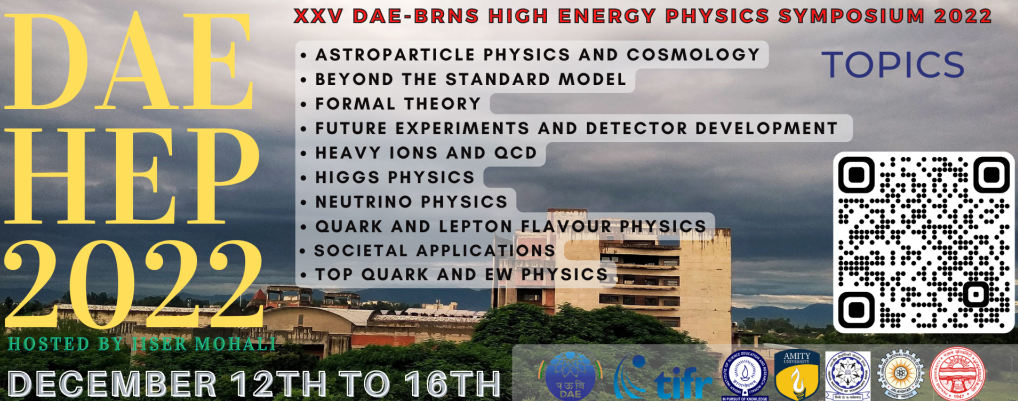Speaker
Description
One of the important concepts that governs the amplitude and phase of energy transmission is impedance. The other is the concept of geometric wavefunction that arises from geometric algebra. While Pauli sigma matrices form the basis of space in 3D, the Dirac matrices are basis vectors of space-time in the geometric representation. Wavefunction interactions are modeled by geometric products, which turns fermions into bosons and vice-versa. Physical manifestation of vacuum wavefunction interactions follows from assignment of appropriate quantized E and B fields to the eight vacuum wavefunction components. This is utilized to calculate quantized impedance network as a function of energy, with its nodes specified in powers of alpha, the em coupling constant. The particle lifetimes have been multiplied by speed of light to obtain their coherence lengths, which are in turn converted to corresponding energy units and certain particle lifetimes such as that of $\pi_{0}$ and $\eta$ are seen to be matching with the nodes of impedance network. Utilizing the fact that impedances must be matched for the energy transmission essential in a decay, we determine the branching ratios for $\pi_{0}$.
| Session | Beyond the Standard Model |
|---|
